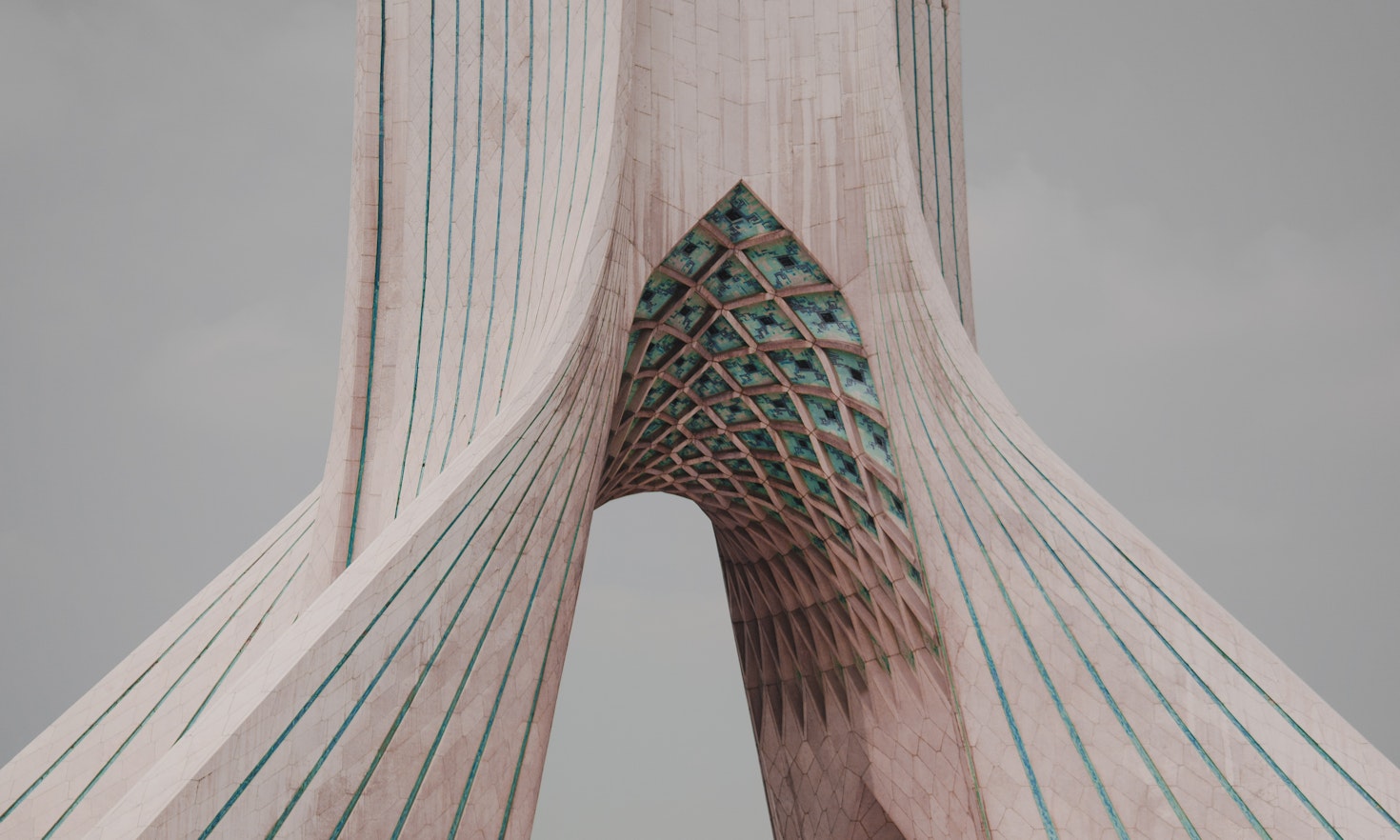
Dolomìa: a digital platform for migrant associations in South Tyrol




Following the largest increase on record, Iran hosted 3.4 million refugees at the end of 2022, according to UNHCR. This would make Iran the world’s main host country of refugees by June 2023. However, a range of questions arise regarding this surprise increase. In any case, the situation of refugees in Iran does not exactly serve as an example for the world.
When UNHCR published its flagship report “Global Trends. Forced displacement in 2022” in mid-June this year, there was a big surprise in the list of countries that host the most refugees worldwide. It suddenly showed Iran hosting an extraordinarily large number of refugees, following the largest year-on-year increase in refugees ever recorded for any host country in the UNHCR database. In the previous eleven years, the number of refugees in Iran had remained under one million, according to UNHCR statistics, but it suddenly hosted 3.4 million as of December 2022, narrowly behind Türkiye (3.6 million refugees) and far ahead of any other country. Given that figures for Syrian refugees in Türkiye are continuously declining – having decreased every week from September 2022 to June 2023 – the total in Türkiye has almost certainly fallen below 3.4 million in June. This would make Iran the world’s main host country of refugees (see graph below), currently by just a few tens of thousands but probably growing: while new data are not available for Iran, the latest data had shown no signs of declines that could outpace the observed declines in Türkiye.

Of course, all this hinges on the reliability of the surprise figure for Iran. Why this unprecedented increase by 2.6 million? As shown in the graph, there are two parts to the Iranian figure for 2022. It includes some 750 000 holders of Amayesh cards, a temporary residence permit that Iran issued to numerous Afghan citizens who arrived before 2001. These cards can be renewed and children born to card holders also receive a card. The Iranian figures before 2022 basically consist of Amayesh card holders, and their number did not change much from 2021 to 2022. Instead the increase is entirely driven by other Afghans now being counted as refugees. Specifically, the authorities invited undocumented Afghans present in Iran to come forward between April and June 2022, and some 2.6 million did, according to government sources. Those participating in this “headcount” received a paper that is thought to protect them from deportation for some time.
On the one hand, much of this makes perfect sense. As a direct neighbour, Iran has seen Afghans arrive in droves at various times of Afghanistan’s troubled history. Every new movement out of Afghanistan was all the more likely to lead to Iran, where a sizeable Afghan community would be waiting. In the last few years, estimates of undocumented Afghans in Iran consistently exceeded 2 million people. The Taliban takeover of Afghanistan in August 2021 may have caused numerous new arrivals. In this context, a headcount of 2.6 million is not implausible, even if some of the undocumented do not participate. On the other hand, it is not clear to what extent these 2.6 million people should enter the UNHCR statistics on refugees. One could raise the following questions:
In case Iran is nevertheless the world’s main host of refugees, Afghans’ situation in Iran will attract special attention. An overall sobering picture emerges from two recent reports of the EU Agency for Asylum, Iran – Situation of Afghan Refugees and Afghan Nationals in Pakistan, Iran, Turkey and Central Asia (which are themselves based on open-source information, very often specific UNHCR reports, media and NGOs). Afghans are essentially safe while they can stay in Iran but for many or even most, there is a constant risk of being deported to Afghanistan. Only the Amayesh card provides lasting protection from deportation, yet the way to obtain it nowadays is to be born as a child of two existing Amayesh card holders. Losing the card is comparatively easy – missing its annual renewal or an inability to pay the substantial renewal fees will do. Amayesh card holders can obtain a work permit but only for a limited range of jobs. They can obtain permission to travel outside the province where they are registered but they can normally not obtain a driving license, and around two-thirds of the country are no-go areas for them anyway. In these regards, the Amayesh card does not provide the rights associated with refugee status according to the 1951 Geneva Convention, which includes rights to non-discrimination, decent work and free movement within the host country.
Afghans seeking refuge in Iran in more recent years had apparently no legal option to do so, unless they qualify for some (non-refugee) visa and are able to pay the fees. Legal entry to Iran requires a visa and a passport, with the complication that many Afghans have never been issued a passport. While entering Iran irregularly is not very difficult, there is no functioning asylum system in Iran where Afghans could apply for asylum and regularise their presence ex post. This seems again hard to reconcile with the 1951 Geneva Convention, which gives refugees the right not to be punished for irregular entry from a place where they are in danger. As a result, Afghans who enter Iran irregularly mostly stay undocumented, except when there is a headcount where they can obtain a paper that might protect them from deportation for some months. Since the Taliban takeover, things have apparently tended to become worse. There have been frequent reports of deportations and pushbacks, public resentment against Afghans seems increasing, and discrimination at the workplace seems widespread.
On the bright side and in stark contrast to Afghanistan, in principle every Afghan child can go to school in Iran. Access to health services is also granted to undocumented persons (but the fear of deportation might keep many away). It is also worth mentioning that Iran hosts so many Afghans without much international support, which is a downside of having few friends on the international stage. Anyway, all the petty issues pointed out in this blog can be resolved another day – today, Iran is simply the country that hosts the most refugees in the world.

This content is licensed under a Creative Commons Attribution 4.0 International license except for third-party materials or where otherwise noted.





 Verena Wisthaler
Verena Wisthaler
 Giorgia Bulli
Giorgia Bulli